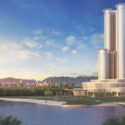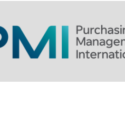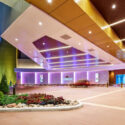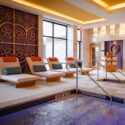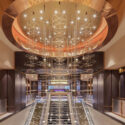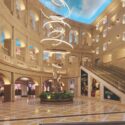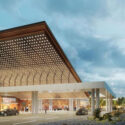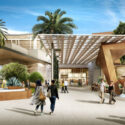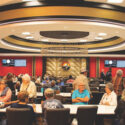How do you develop the right “recipe” for retail in a casino environment?
Creating the mix for a successful casino-based retail project requires a bit of art and science. We’ve found that it should be guided by a development strategy, program and execution plan built on four main pillars:
- Defining a clear set of goals (What positioning is the property trying to achieve? Who is the property trying to attract? Do you want to retain existing customers, gain new ones or both? What is the overall guest experience?)
- Understanding the competitive landscape so you can differentiate the project and the property within your given market
- Incorporating highly profitable uses
- Creating a dynamic environment that has a sense of place; i.e., working with existing and planned spaces or sites to create vibrant “people places” that enhance or help define the guest experience
Explain how the retail mix at The Quarter, in the Tropicana in Atlantic City, was developed.
The project was contemplated as a mid-market development to appeal to existing Tropicana visitors as well as the sweet spot (middle market) or broadest range of Atlantic City visitors who also visit other properties in the market.
The overall guest experience takes a page out of Las Vegas by creating a themed interior streetscape that does not feel like a traditional mall. Since most visitors pass a number of traditional malls on their way to the Quarter, we tried to differentiate the property with a unique mix of national brand names, signatures, boutiques and entrepreneurial or created venues.
All the while, the project was designed as a spine that connects the parking garage to the anchor-the casino.
Do you have to periodically swap out certain shops for the good of the whole?
Leases are typically executed on five, 10 or 15-year terms. It’s often beneficial to mix tenants with different terms. Also, it’s inevitable that some tenants will go out of business for a variety of reasons.
Why does retail work so well in the casino environment?
For the same reason mall developers attach multiplex movie theaters to malls as anchor attractions-because they generate foot traffic.
On average, a multiplex can attract 1.5 million people per year. Casinos in smaller, second tier U.S. markets like Dover, Delaware or Evansville, Indiana can generate 2 to 3 million visitors per year, which roughly equates to having a mall with two major cineplexes.
Is there ever a danger that retail can become the main attraction, to the detriment of the casino?
Retail needs to be master-planned into a gaming property. The owner or developer and the architectural team need to contemplate or plan the property and consider the guest experience from arrival through departure. Without such master planning, both retail and the casino can suffer.
Also, if the mix of retail does not support the existing or planned gaming demographic for the property, you can create a situation in which you draw two distinct demographics that may not mix well.
How much extra revenue do casinos derive from the increased traffic generated by retail?
Retail, dining and entertainment in casinos do not have to be loss leaders. They should be developed as profitable real estate ventures in which the tenant pays a base rent, and often a percentage or overage rent if they’re extremely profitable and generating significant gross sales.
In addition to keeping patrons at a property longer, a successfully planned retail development at a gaming property can serve as a true destination and gross importer of visitors.



